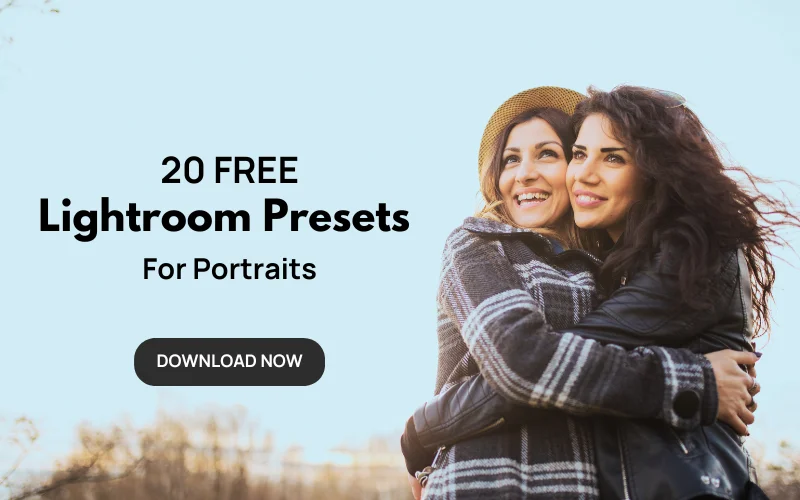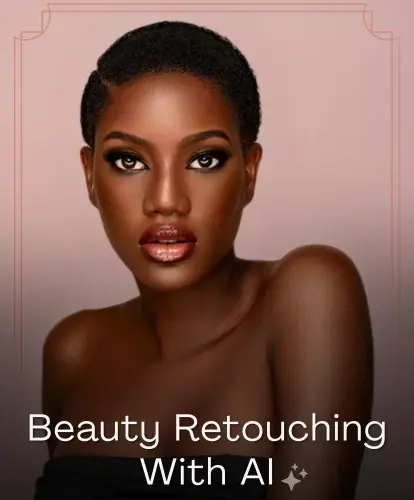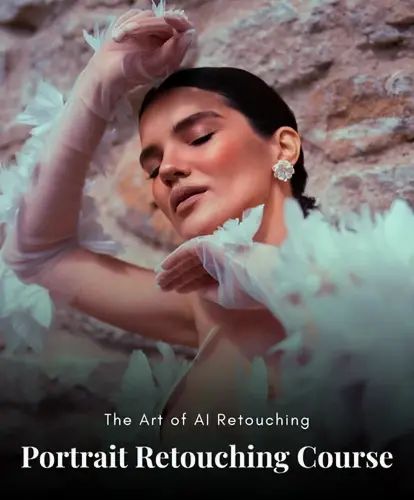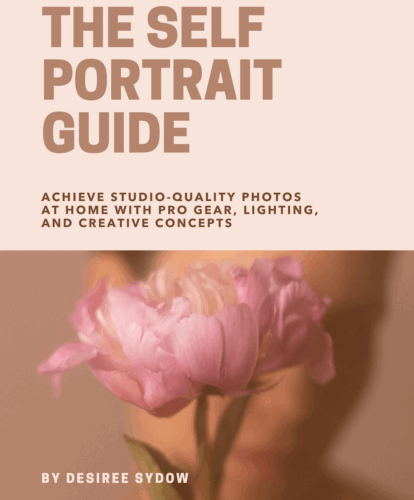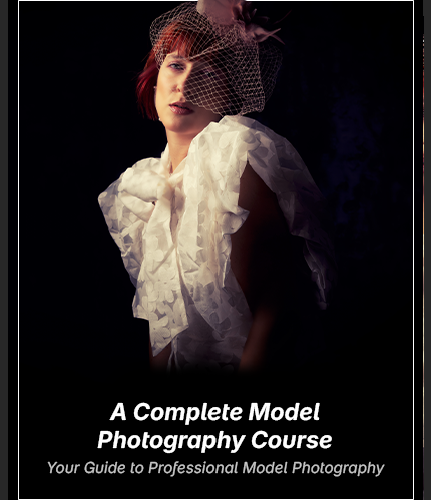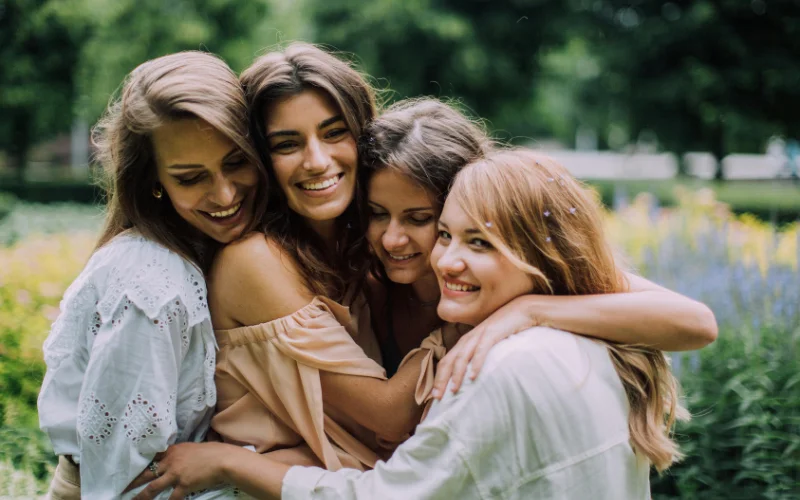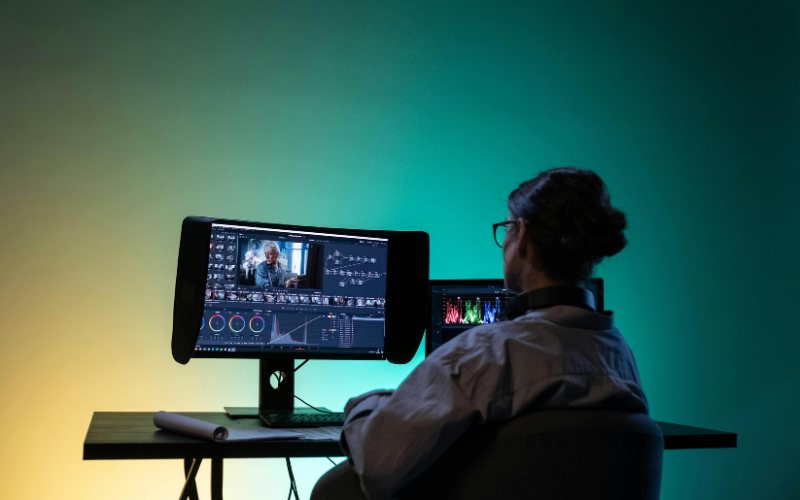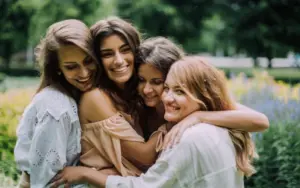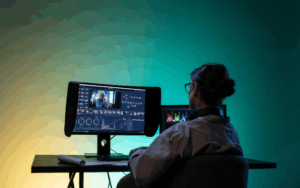Some people discover photography later in life. For Donis Garverick, it’s been part of his world since the very beginning. As a third-generation seasoned photographer, he grew up surrounded by cameras, darkrooms, and the creative magic that happens behind the lens.
Over the years, Donis has explored everything from portraits and landscapes to teaching and photo editing, always staying curious and eager to learn.
In this feature, he shares his journey, favorite photo projects, editing tips, and the mindset that’s helped him grow as a photographer for decades.
Meet Donis Garverick: A Seasoned Photographer
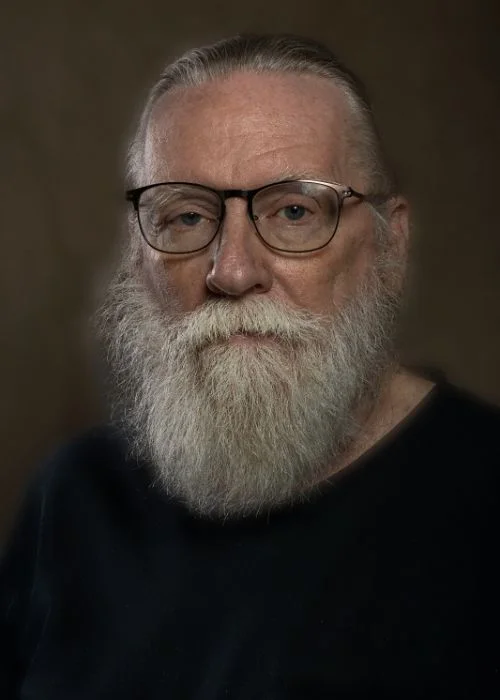
Donis Garverick has lived and breathed photography for as long as he can remember. As a third-generation seasoned photographer, his connection to the craft runs deep, starting from childhood days spent in his family’s studio to a full-fledged career behind the camera. Over the years, he’s worn many hats: darkroom technician, portrait artist, landscape explorer, and even photography instructor.
What sets Donis apart is not just his experience, but his passion for learning and evolving with the times. From film to digital, from studio shoots to riverside landscapes, he’s never stopped experimenting. His approach to photography is both thoughtful and adventurous, always rooted in curiosity and a genuine love for the art form.
We asked Donis a few questions about his photography journey, creative process, and experience with PhotoWhoa. Here’s what he had to say:
Q.1 How did you first get into photography?
Ans. I’m a third-generation photographer. My mother’s stepfather had a studio in Macon, GA, and my father bought an existing studio in Mount Vernon, OH, about three months before I was born. Because of this, I grew up in a studio and was exposed to all aspects of photography.
I worked in the studio from high school on, mostly at first, in a behind-the-scenes capacity, such as darkroom tech, we were still doing a lot of black and white at that time.
After a couple of brief college stints, I joined the business full time and moved from the darkroom to the camera room. I also taught non-credit photography courses and participated in art exhibitions for several years.
Q.2 What genres or subjects do you love to shoot the most, and why?
Ans. As small-town photographers, we had to be able to work in any genre. I found this very satisfying, and it helped to expand my skills.
On a personal level, while I enjoy all photography, I’d have to put portraits at the top of the list, not only for the shooting aspect but also for the personal connection I have with the subject during that time we are together. Next, I would say landscapes, and recently I’ve gotten into bird photography. In the past, I’ve participated in many auto sports.
You might also like: Landscape Photo Tips Shared by the World’s Best Photographers
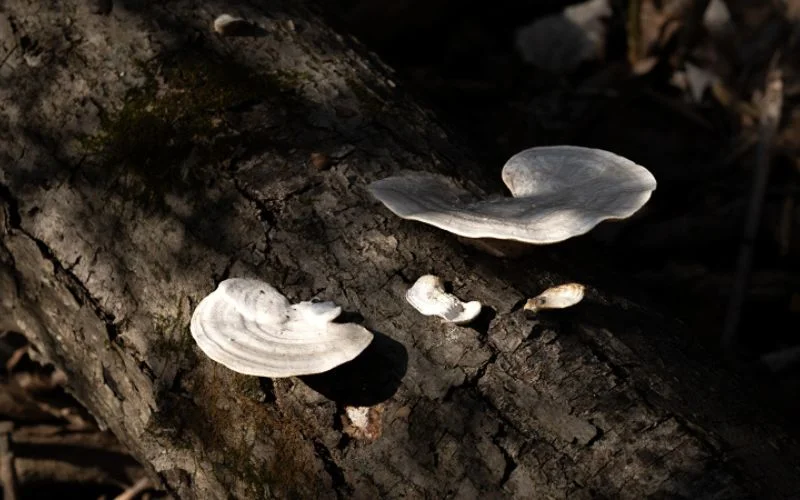
Q.3 How did you first come across PhotoWhoa?
Ans. I first learned of Photowhoa through the Good Light magazine put out by Michael Zelbel.
Q.4 You’ve been a PhotoWhoa member for over 10 years. How do you stay motivated to keep learning and growing?
Ans. I have always believed in lifelong learning (and lifelong teaching), especially the way photography has evolved. There is always something new to learn or a new technique to use to accomplish tasks.
Staying motivated in photography has never been a problem for me. I love to learn, experiment, and photography always presents those opportunities. Additionally, photography offers so many paths that if I ever do feel burned out or bored with one, it is easy to switch to another.
Q.5 Do you have a go-to workflow when it comes to editing?
Ans. My go-tos for editing are Lightroom and Photoshop, with occasional use of the Topaz plugins. The workflow I use varies from time to time as LR and PS features change. Currently, I start processing sessions by trying adaptive color or black and white, even if I don’t use them, I find they can give a good initial direction.
Next, I check for possible presets I might want to use. From there, I move on to the cropping and global adjustments, this is followed by masking and any local adjustments. At this point, I’ll move to Photoshop to do any additional processing needed, such as sky replacement or compositing.
I have also used the Dark Image System at times, and I like that method also. To do skin retouching, I would suggest the Nino Batista method.
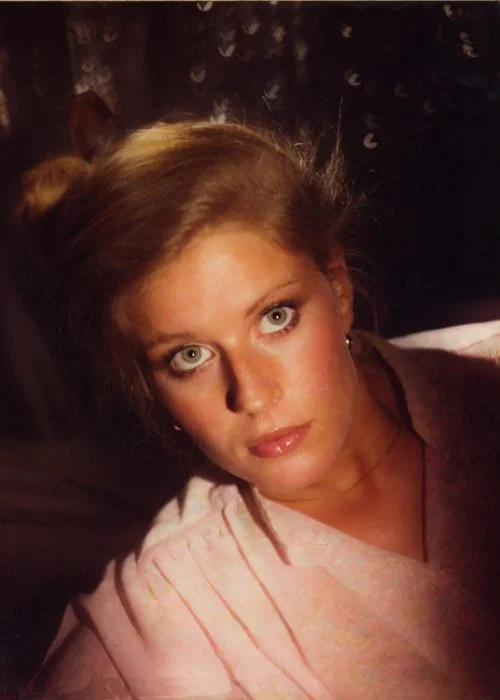
Q. 6 Can you tell us about a photo project or shoot that’s close to your heart? What made it special?
Ans. At one time, I did an art project where I followed a river, photographing every place where a road crossed it or was otherwise accessible. I got a lot of good images from that and it was also a disciplinary exercise since some places were more photogenic than others.
I’ve also done a couple of photography trips, for instance, to the Great Sand Dunes in Colorado. A future project I have in mind is a series of portraits inspired by early Hollywood photographers such as George Hurrell.
A non-photography but photography-related project I would like to do is an interactive photo training website. Also, hosting some workshops may be in my future.
You might also like: Complete Guide to Night Photography
Q.7 Have any PhotoWhoa resources helped you bring a specific project to life?
Ans. I use some of the processing products, such as the Modify AI plugin and the artistic effects. What I get the most value from are the Learning Center classes, especially Frank Doorhof, Nino Batista, Ian Plant, and Dan Hecho.
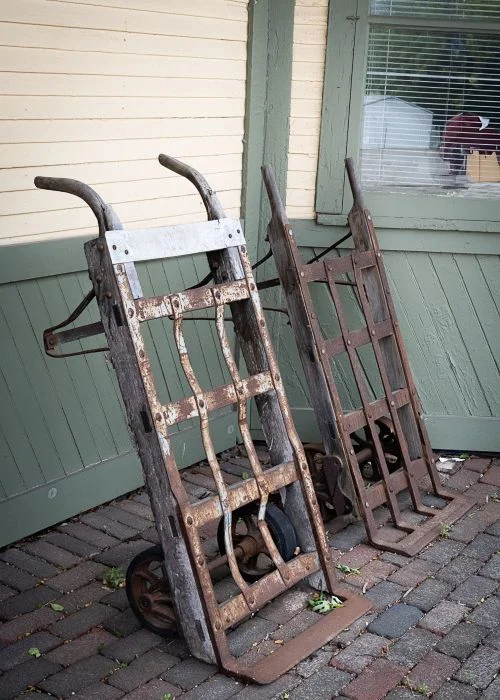
Q.8 Are there any PhotoWhoa tools, presets, or masterclasses you’d recommend to fellow photographers?
Ans. I’ve found the masterclasses by Frank Doorhof, Nino Batista, Ian Plant, and Dan Hecho to be very valuable. Frank Doorhof’s classes on Portrait Lighting and color theory, and Dan Hecho’s art magazine and Lightroom classes are outstanding, as is Nino Batista’s skin retouching and color grading classes.
The Modify AI panel is suitable for face processing, and many of the landscape presets are effective. However, I’d suggest using packs that are more specific to the type of landscapes the seasoned photographer typically creates.
Q.9 What advice would you give to someone just starting out in photography?
Ans. Don’t overwhelm yourself. It’s easy to watch hours of YouTube videos and read pages of blogs to the point that you have so much information that you can’t use it. You are better off watching one video or reading one blog and putting into practice one or two things from it. You don’t have to master everything all at once, yourself: what did the photographer do that appeals to me, and you won’t be able to. Build your knowledge slowly but at a deeper level.
Analyze photographs, don’t just look at them. Saying that you love or hate a photo is not enough. Dig into it and ask your self: what did the photographer do that appeals to me and how can I create that feeling in my work? Or what is it that I don’t like about an image, and what do I need to do to prevent that in my photos?
Take the time to examine the pictures to absorb what the seasoned photographer is trying to convey. Then learn to do this with your work. Being self-critical can be challenging, but it is a valuable skill. If possible, find someone who will provide an honest appraisal of your work, typically another photographer. Your Aunt Minnie, who says “that’s nice“ to every photo you shoot, is probably not the right person. Sharing insights is a valuable way to advance your abilities.
Failure is essential. Let’s be honest photography is not brain surgery. If you don’t make that perfect landscape or unbelievably great portrait, no one’s life is in danger. You are free to make mistakes or to create images that are failures. Digital photography especially allows room for experimentation and error, and any real disasters can disappear into the ether (or wherever those deleted photos go). Failures are a big part of the learning process.
Any seasoned photographer who tells you they never have or had any failures is either lying or has no ability to self-criticize. I have had photographers in classes who are so afraid of making a mistake that they end up doing nothing. Trying and failing is much better. I would go so far as to say that Failure is Success.
You might also like: Top Photography Guides, eBooks & PDFs to Sharpen Your Skills
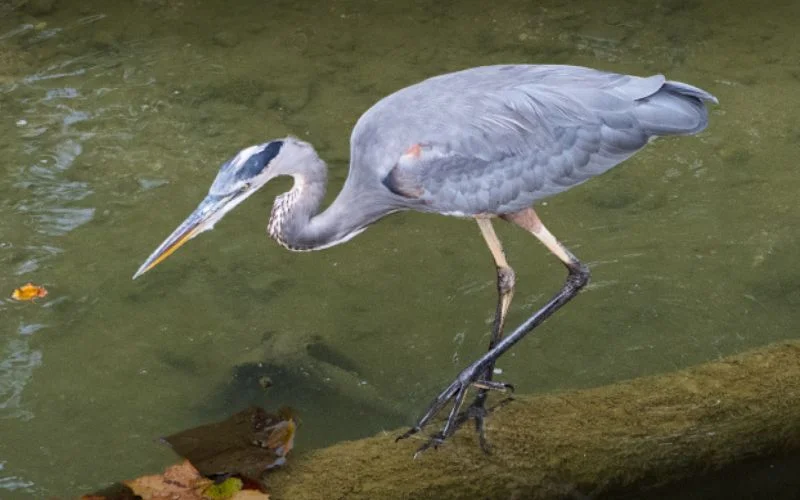
Q.10 What are you currently exploring or excited to learn next in photography?
Ans. I’m really looking forward to getting back into portrait photography. Currently, I’m converting part of my house to a studio, and I’ve been acquiring equipment.
One of the first shoots will be an early Hollywood-style glamour session, probably in black and white. Learning portrait retouching and the proper lighting are essential skills I look forward to relearning.
Q.11 Do you have any dream shoots or creative goals for the future?
Ans. A few years ago, I visited the Azores, and although I captured many great images, I felt that I hadn’t given myself enough time there. A return to the Azores is near the top of my long wish list of places to shoot. My goal is to have at least one extended photo journey a year.
Additionally, I would like to return to teaching, either through workshops or one-on-one mentoring. I really enjoy helping others to achieve their photography goals.
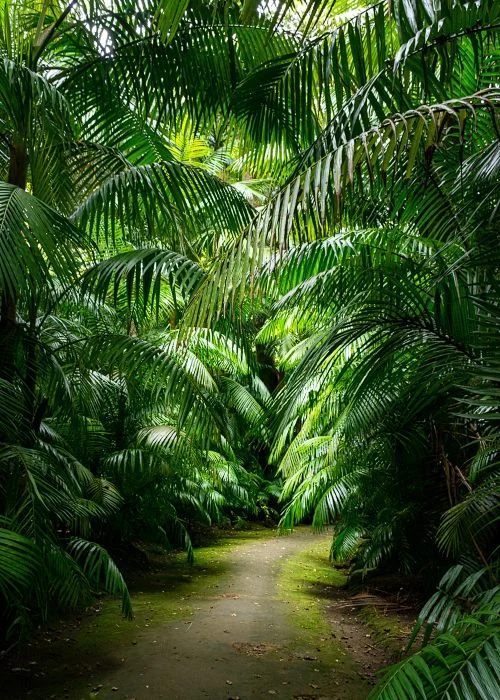
Q.12 Would you recommend PhotoWhoa to your friends and family?
Ans. I believe that PhotoWhoa is a valuable asset for any photographer, but getting the Plus membership is essential, as it provides full access to the Masterclasses.
PhotoWhoa offers products and classes for almost all genres and levels of experience. Since photography is such a fluid art, PhotoWhoa can help keep up with its ever-changing world.
Donis’s Most Favorite Editing Tools
- Modify AI – Photoshop Portrait Retouching Plugin
- 12-In-1 Mega Photography Deals Bundle
- 5-In-1 Ultimate Professional Photo Editing Bundle
Final Words On The Journey Of Donis Garverick
Donis Garverick’s journey reminds us that photography is not just about capturing moments, it’s about growing, experimenting, and staying curious along the way. His passion, persistence, and love for learning are what truly make him a seasoned photographer.
We’re grateful to share his story and hope it inspires you to keep pushing your creative boundaries, no matter where you are in your photography path.
Like this post? Check out more amazing photography content here.

